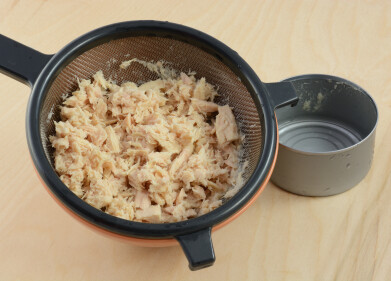Environmental Laboratory
Measuring Bromate Photometrically, a Simple Method for Reliable Results
Dec 09 2011
Water treatment methods are routinely used to ensure a safe drinking water supply. However, these processes can sometimes lead to unwanted side reactions that introduce compounds, such as bromate, into the water.
As a method for measuring bromate, ion chromatography has successfully been used, but it has some disadvantages. These include the high cost of the equipment and the complex procedure used to measure bromate. Co-elution of bromate with for example chloride can occur and this leads to interferences of the analysis. To circumvent this problem, special separation techniques can be used, such as a high-capacity anion exchanger or sample pretreatment.
Merck Millipore (Germany) has developed a method using photometry to measure bromate. The method is based on the reaction of 3,3'-Dimethylnaphtidin with iodide and bromate to produce a red radical cation, whose absorbance is determined photometrically. The more bromate contained in the sample, the more intense the color at the end of the reaction time.
Ion chromatography and photometry methods were compared using known standards as well as test samples. Measurements showed good agreement with the standards and with each other. The simplicity and low cost of using photometry make it a very desirable method for measuring bromate.
Using classical photometry, a calibration curve must first be done in order to determine the concentration of bromate in the unknown sample. Using a Merck Millipore Spectroquant® Pharo spectrophotometer, you can completely avoid the time consuming step of preparing a calibration curve. The Spectroquant® instruments are pre-programmed with a calibration curve for accurate determination of bromate levels in your sample from 0.003 – 0.120 mg/l.
The sample preparation and bromate analysis is described in a detailed application note from Merck Millipore. The sample is first concentrated for increased sensitivity, then mixed with reagents as specified in the application note. Sample is then incubated for 30 minutes to allow color development followed by bromate measurement using a Spectroquant® Pharo spectrophotometer.
Request your copy of the application by contacting www.merck-chemicals.com/contact-us .
Digital Edition
AET 28.4 Oct/Nov 2024
November 2024
Gas Detection - Go from lagging to leading: why investment in gas detection makes sense Air Monitoring - Swirl and vortex meters will aid green hydrogen production - Beyond the Stack: Emi...
View all digital editions
Events
Dec 02 2024 London, UK
Dec 03 2024 Dusseldorf, Germany
Dec 11 2024 Shanghai, China
Jan 12 2025 Abu Dhabi, UAE
Jan 14 2025 Abu Dhabi, UAE








.jpg)










